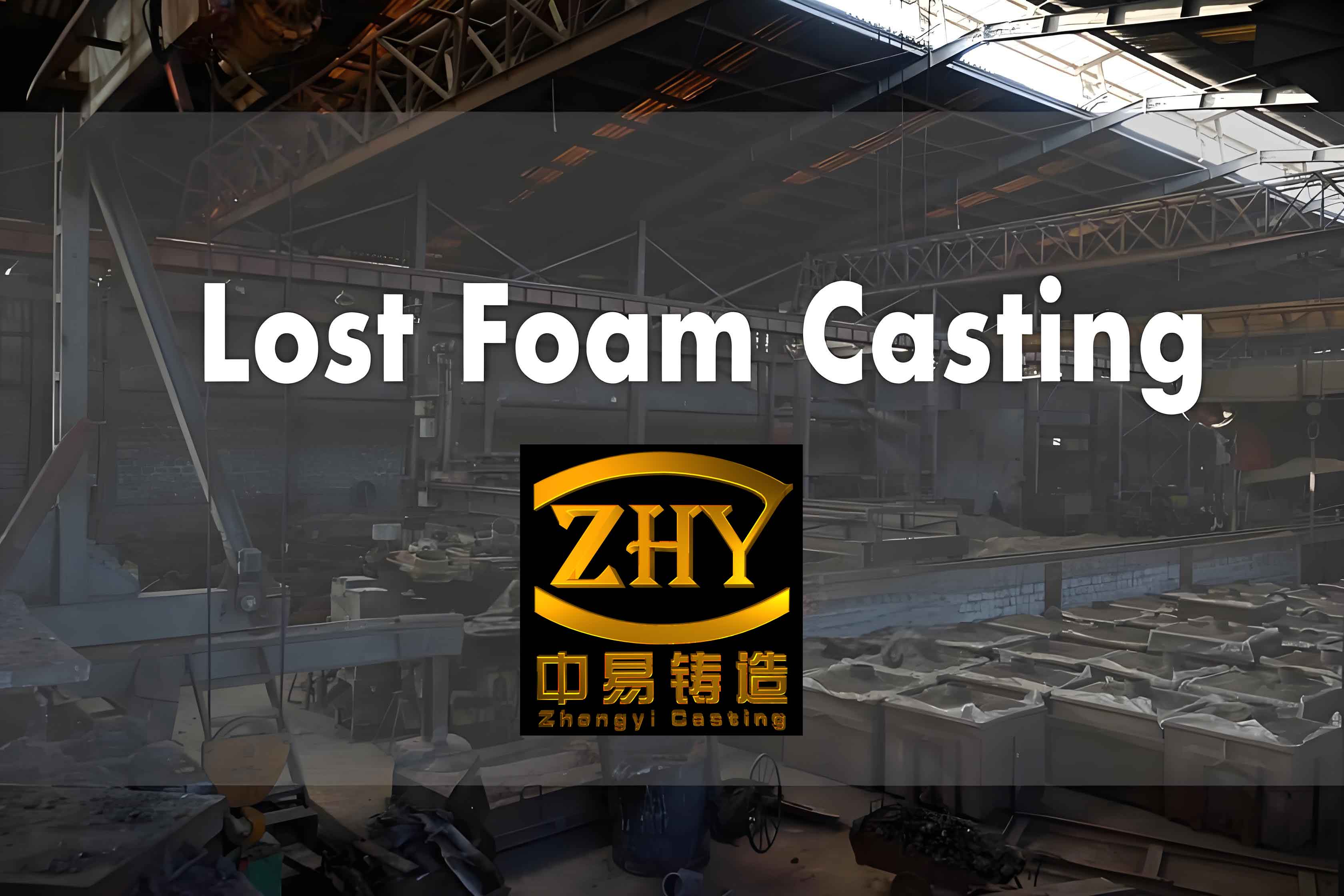Lost foam shell casting integrates the advantages of foam vaporization and precision investment casting, aligning with the principles of “clean casting,” “green casting,” and environmental sustainability. This process eliminates defects like slag inclusion, carbon pickup, and surface wrinkles by preheating and liquefying the foam before metal pouring, making it ideal for producing high-quality low-carbon steel and stainless steel castings. Unlike traditional investment casting, which struggles with large-sized components due to mold thickness limitations, lost foam casting employs specialized coatings to create robust, gas-permeable shells for complex geometries. The rheological properties of these coatings—particularly viscosity and shear-thinning behavior—critically influence shell strength, metal flow resistance, and gas venting efficiency. This study investigates how mixing time and standing time affect coating performance to optimize process parameters.

Materials and Methods
The coating comprised Al2O3 and SiO2 powders (300–800 μm) as refractory fillers, supplemented with iron oxide, sodium bentonite, and carboxymethyl cellulose. A water-based binder (pH 8–9, density 1.2 g/cm³) containing latex and SN thickener was mixed with the powder at a 1:1.79 ratio. Mixing occurred at 800 rpm for 60 minutes. Viscosity and shear stress were measured using an LVDV-2T viscometer (No. 3 rotor, 6–60 rpm). Post-mixing, samples were tested at intervals to evaluate standing time effects (0–56 hours).
Rheological Behavior and Viscosity Modeling
Non-Newtonian shear-thinning behavior is described by the power-law model:
$$ \tau = K \dot{\gamma}^n $$
where \( \tau \) is shear stress (Pa), \( \dot{\gamma} \) is shear rate (s⁻¹), \( K \) is consistency index, and \( n \) is flow index. For pseudoplastic fluids like lost foam casting coatings, \( n < 1 \). The apparent viscosity (\( \eta \)) follows:
$$ \eta = \frac{\tau}{\dot{\gamma}} = K \dot{\gamma}^{n-1} $$
修正为→
$$ \eta = \frac{\tau}{\dot{\gamma}} = K \dot{\gamma}^{n-1} $$
→
$$ \eta = \frac{\tau}{\dot{\gamma}} = K \dot{\gamma}^{n-1} $$
Results and Discussion
1. Mixing Time Effects
Viscosity decreased exponentially with mixing time before stabilizing after 50 minutes (Table 1). Prolonged mixing disrupted bentonite-induced gel structures, releasing trapped water and reducing structural viscosity. Shear-thinning ratios peaked at 40 minutes (4.3), ensuring optimal brushability.
| Mixing Time (min) | 6 rpm | 12 rpm | 30 rpm | 60 rpm |
|---|---|---|---|---|
| 5 | 8900 | 5500 | 3200 | 1900 |
| 30 | 7300 | 4600 | 2700 | 1650 |
| 50 | 7000 | 4400 | 2600 | 1600 |
| 60 | 6950 | 4350 | 2550 | 1580 |
2. Standing Time Effects
Viscosity initially increased due to thixotropic structure recovery, peaking at 35 hours before declining from particle sedimentation (Table 2). Shear-thinning ratios remained above 4.0 within 40 hours, confirming coating stability for practical applications.
| Standing Time (h) | Viscosity | Shear-Thinning Ratio |
|---|---|---|
| 1 | 7000 | 4.2 |
| 7 | 7200 | 4.5 |
| 28 | 8100 | 4.8 |
| 40 | 8300 | 4.3 |
| 56 | 7600 | 4.1 |
3. Structural Evolution Model
The viscosity decay during mixing follows:
$$ \eta(t) = \eta_{\infty} + (\eta_0 – \eta_{\infty}) e^{-kt} $$
where \( \eta_0 \) = initial viscosity (8900 cP), \( \eta_{\infty} \) = equilibrium viscosity (6950 cP), and \( k \) = kinetic constant (0.05 min⁻¹). Post-mixing, viscosity recovery aligns with:
$$ \eta(t) = \eta_{max} \left(1 – e^{-t/\lambda}\right) $$
where \( \eta_{max} \) = 8300 cP and \( \lambda \) = 15 h⁻¹. Beyond 40 hours, sedimentation dominates, modeled by Stokes’ law:
$$ v = \frac{2g(\rho_p – \rho_f)r^2}{9\eta} $$
where \( v \) = settling velocity, \( r \) = particle radius, and \( \rho_p \), \( \rho_f \) = particle/fluid densities.
Conclusion
Optimal lost foam casting coating performance requires:
- Mixing time ≥50 minutes to stabilize viscosity (≤7000 cP at 6 rpm).
- Standing time ≤40 hours to prevent sedimentation-induced degradation.
Shear-thinning ratios above 4.0 ensure uniform shell thickness, critical for large-scale applications. This study provides actionable guidelines to enhance lost foam casting efficiency and reduce defect rates in green foundry practices.
| Parameter | Optimal Value |
|---|---|
| Mixing Time | ≥50 min |
| Standing Time | ≤40 h |
| Shear-Thinning Ratio | ≥4.0 |
| Viscosity (6 rpm) | 7000–8300 cP |
